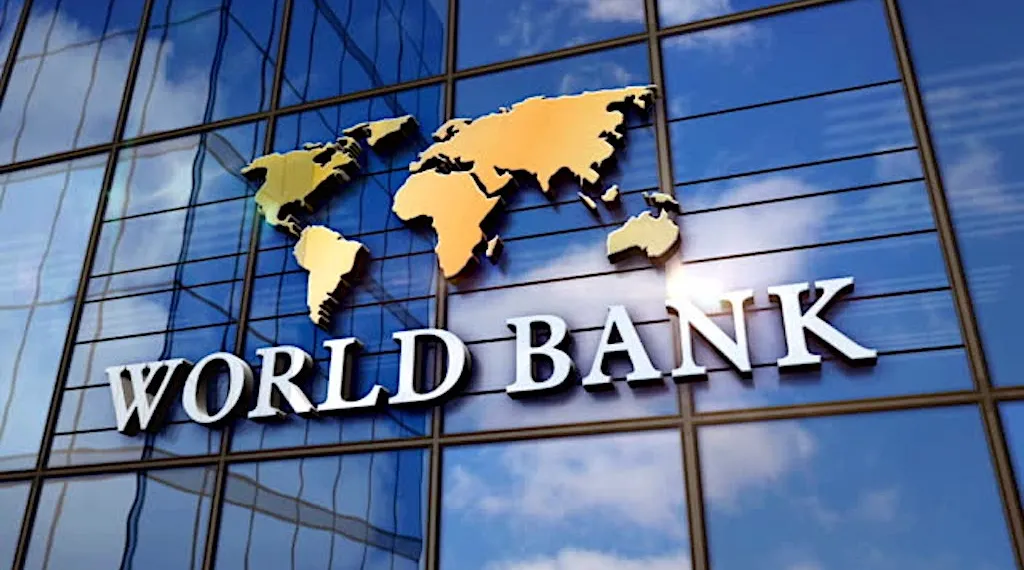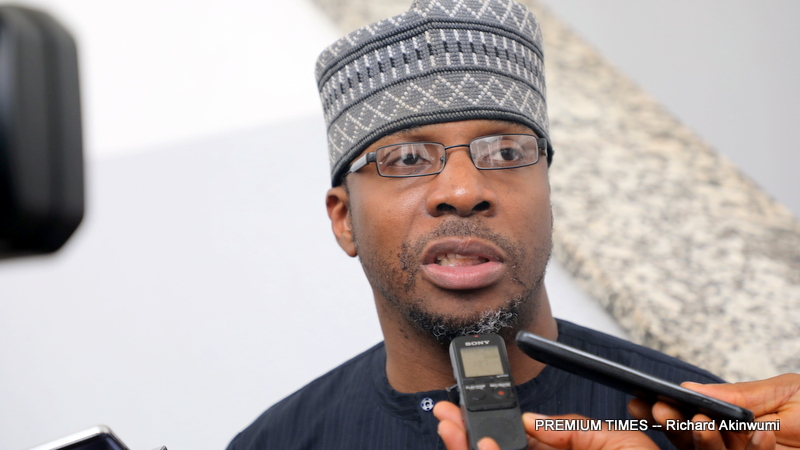A N500 million loan from the World Bank for Nigeria’s Building Resilient Digital Infrastructure for Growth (BRIDGE) project will be disbursed in six tranches, it has been gathered.
Specifically, the $500 million International Development Association (IDA) loan will be disbursed over six years, from 2026 to 2031and subject to Nigeria meeting a series of performance conditions.
Also known as Project BRIDGE, the funds, according to the project document, are to be disbursed as follows: $6 million in 2026, $155 million in 2027, $105 million each in 2028 and 2029, $115 million in 2030, and the final $14 million in 2031.
For emphasis, Project Bridge is a major project for the Ministry of Communications, Innovation and Digital Economy, expected to deepen broadband access and digital inclusion in Nigeria.
In the 35-page document, the World Bank emphasised project transparency, accountability, and measurable progress, setting some achievable criteria.
Going by the details, funding for the project will operate under a “pay-for-results” model. This means that before funds are disbursed, the Nigerian government and its private partners must achieve verifiable progress milestones.
According to the document, there must be a private-sector-led Special Purpose Vehicle (SPV). The World Bank noted that before disbursing the first tranche of the fund, Nigeria must incorporate this SPV as a joint venture with private partners selected through a transparent and competitive process.
The World Bank must also approve the company’s memorandum, articles of association, and shareholding agreements to ensure that robust governance and accountability structures are in place.
The second condition stressed the importance of governance and fiduciary standards. The document said the SPV must adopt fiduciary and administrative procedures that comply with the World Bank’s requirements. Additionally, it must demonstrate tangible progress by completing at least 5,000 kilometres of fibre network construction in line with the project’s approved technical design.
According to the document, the third funding condition mandated the completion of an additional 20,000 kilometres of fibre network, bringing the total rollout to at least 25,000 kilometres. This stage is expected to test the Special Purpose Vehicle’s (SPV) capacity to deliver large-scale infrastructure efficiently, both in terms of timing and budget discipline.
The fourth and final condition ties the release of the last tranche of funds to the SPV’s launch of wholesale open-access broadband services.






